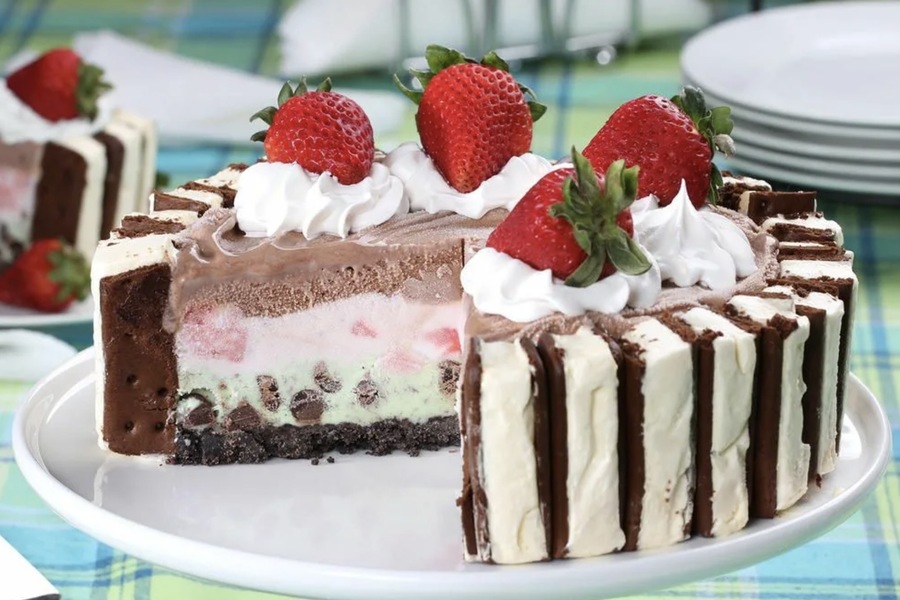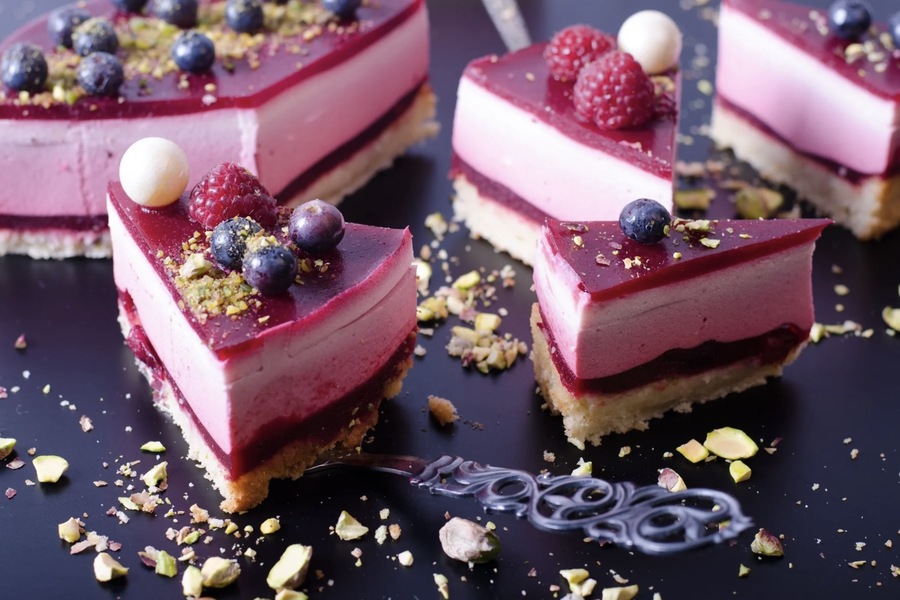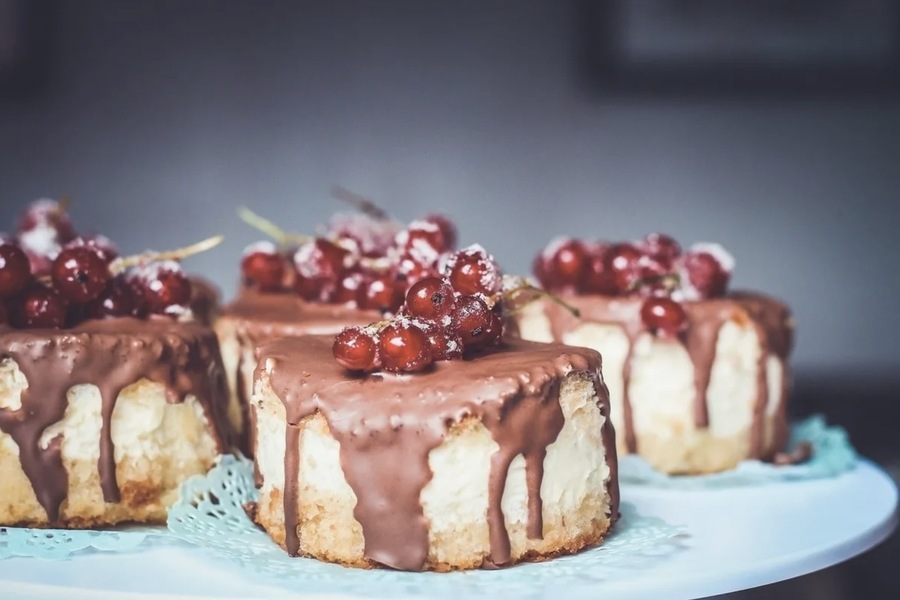Cakes are more than just desserts; they are symbols of celebration, prosperity, and love. Universally cherished, they take center stage on festive tables, representing the joy and sweetness of life’s most memorable occasions. From ancient recipes baked on hot stones to the intricate, multi-layered masterpieces of today, cakes have evolved alongside human civilization, reflecting cultural shifts, technological advancements, and culinary creativity. For those seeking to explore the best cakes and confections, Great List serves as an essential guide, helping you navigate the world of desserts with ease. This article delves deep into the fascinating history of cakes, tracing their development from ancient times to the modern era.
Early Beginnings: Primitive Sweets and Simple Pleasures
The origins of cakes date back thousands of years, rooted in the earliest human attempts to create sweet treats. Long before refined sugar and modern baking techniques were known, ancient civilizations used natural sweeteners like honey and fruits. These early “cakes” were rudimentary mixtures of crushed nuts, grains, and dried fruits, often baked or dried on hot stones.

Egyptian Innovations: The Birth of Sweet Baking
The ancient Egyptians were among the first to create recognizable cakes. They made flat, dense confections from ground grain and honey, sometimes flavored with dates or figs. These cakes served a dual purpose: they were both offerings to the gods in religious ceremonies and celebratory foods for special occasions. Their preparation marked the earliest known attempts to make desserts distinct from everyday bread.
Roman Feasts and Cakes of Abundance
The Romans refined the art of sweet baking, incorporating ingredients like wheat flour, honey, nuts, and exotic spices. Their cakes, often flat and round, were symbols of wealth and abundance, served during feasts, weddings, and religious celebrations. One notable Roman practice was the offering of honey cakes during Saturnalia, a festival that influenced modern holiday traditions.
Despite these advances, cakes remained dense and far from the airy, multi-layered creations of today. They were often more functional than artistic, yet their symbolic importance in rituals and celebrations laid the foundation for their central role in festive occasions.
Medieval European Cakes: A Symbol of Luxury and Craftsmanship
The Middle Ages saw significant developments in cake-making, driven by the increasing availability of sugar in Europe. While still a luxury item, sugar became more accessible through trade with the East, enabling confectioners to experiment with sweeter, more complex recipes.
The Rise of Professional Confectioners
By the late medieval period, professional bakers and confectioners had emerged, particularly in royal courts and wealthy households. These artisans specialized in creating elaborate cakes that reflected the social status of their patrons. Ingredients such as spices, dried fruits, and nuts were used liberally, and cakes were often adorned with early forms of icing and decorative designs.
Cakes as Status Symbols
In medieval Europe, cakes were closely associated with wealth and privilege. Only the elite could afford the ingredients and labor required to produce them. Cakes were often reserved for significant events like weddings, religious holidays, and coronations, further cementing their role as symbols of prosperity and celebration.
Renaissance: The Flourishing of Confectionery Art
The Renaissance marked a turning point in the history of cakes. As Europe entered an era of exploration and trade, new ingredients such as exotic spices, citrus fruits, and cacao became available. These innovations revolutionized baking, leading to the creation of lighter, more refined cakes.
Technological Advancements and Culinary Techniques
Advancements in baking techniques during the Renaissance laid the groundwork for modern cakes. Whipped egg whites, for example, were used to create fluffier textures, while layered structures began to emerge. Cakes like tiramisu in Italy and millefeuille in France made their debuts, showcasing the growing sophistication of European confectionery art.
The Influence of Trade and Exploration
Trade routes connecting Europe to Asia and the Americas introduced a wealth of new flavors and ingredients. Vanilla, chocolate, and tropical fruits enriched the repertoire of European bakers, allowing for greater diversity in cake recipes.
The Industrial Revolution: Cakes for the People
The Industrial Revolution in the 19th century democratized cake-making, transforming what was once a luxury into a treat accessible to the masses. Innovations in technology and the widespread availability of sugar played pivotal roles in this transformation.
Key Innovations
- Baking Powder and Leavening Agents
The invention of baking powder and other chemical leavening agents revolutionized baking by making it easier to produce light, fluffy cakes without relying on time-consuming processes like fermenting yeast.
- Modern Ovens
The development of more efficient ovens enabled consistent baking, allowing cakes to rise evenly and bake to perfection.
- Mass-Produced Ingredients
Industrial sugar production, along with the availability of refined flour and other baking essentials, significantly reduced costs, making cakes a staple in middle-class households.
Cultural Shifts
As cakes became more affordable, they began to play a central role in celebrations across all social classes. Birthday cakes, in particular, gained popularity during this period, with traditions like candle-blowing and cake-cutting becoming widespread.
Modern Cakes: A World of Flavors and Creativity
The 20th and 21st centuries have witnessed an explosion of creativity in cake-making, driven by advancements in culinary science and global cultural exchange. Today, cakes are as diverse as the cultures that enjoy them, ranging from towering wedding confections to delicate pastries.

Trends in Modern Cake-Making
- Global Influences
Cakes now reflect a fusion of global flavors and techniques. Matcha from Japan, dulce de leche from Latin America, and Middle Eastern spices like cardamom have all found their way into contemporary recipes.
- Dietary Innovations
Modern cakes cater to a wide range of dietary preferences, including vegan, gluten-free, and low-sugar options. These innovations ensure that cakes remain inclusive and accessible to all.
- Artistic Decorations
Advances in edible materials like fondant, edible gold, and sugar flowers have elevated cake decoration to an art form. Intricate designs, often customized for specific events, showcase the skill and creativity of modern bakers.
Cultural Significance
Cakes continue to hold deep cultural meaning across the world. In Western weddings, the cutting of the cake symbolizes unity and partnership, while in China, intricately decorated wedding cakes signify happiness and prosperity. National traditions, such as Russia’s honey-rich medovik or Germany’s Black Forest cake, highlight the role of cakes as cultural ambassadors.
Cakes Today: More Than Just Dessert
In the modern era, cakes have transcended their role as mere desserts to become symbols of personal expression and creativity. From elaborate tiered creations for grand celebrations to humble slices enjoyed with a cup of coffee, cakes bring people together and create lasting memories.
Cakes and Technology
The advent of social media has transformed the way cakes are shared and appreciated. Platforms like Instagram and Pinterest showcase stunning creations from around the world, inspiring bakers and delighting audiences. Online tutorials and cake-decorating classes have also democratized access to baking knowledge, empowering home bakers to craft professional-quality cakes.
The Future of Cakes
As technology continues to advance, the possibilities for cake-making are virtually limitless. From 3D-printed sugar sculptures to molecular gastronomy techniques, the future of cakes promises even more innovation and excitement.
Conclusion: A Timeless Celebration
The history of cakes is a testament to humanity’s ingenuity, creativity, and love for sweetness. From ancient honeyed flatbreads to the dazzling masterpieces of today, cakes have evolved alongside our cultures and celebrations, becoming an integral part of life’s most joyous moments. Whether shared with loved ones at a wedding or savored alone with a cup of coffee, cakes continue to bring sweetness and delight to our lives.

Baseball fan, shiba-inu lover, guitarist, reclaimed wood collector and doodler. Operating at the junction of art and programing to create not just a logo, but a feeling. I’m fueled by craft beer, hip-hop and tortilla chips.
